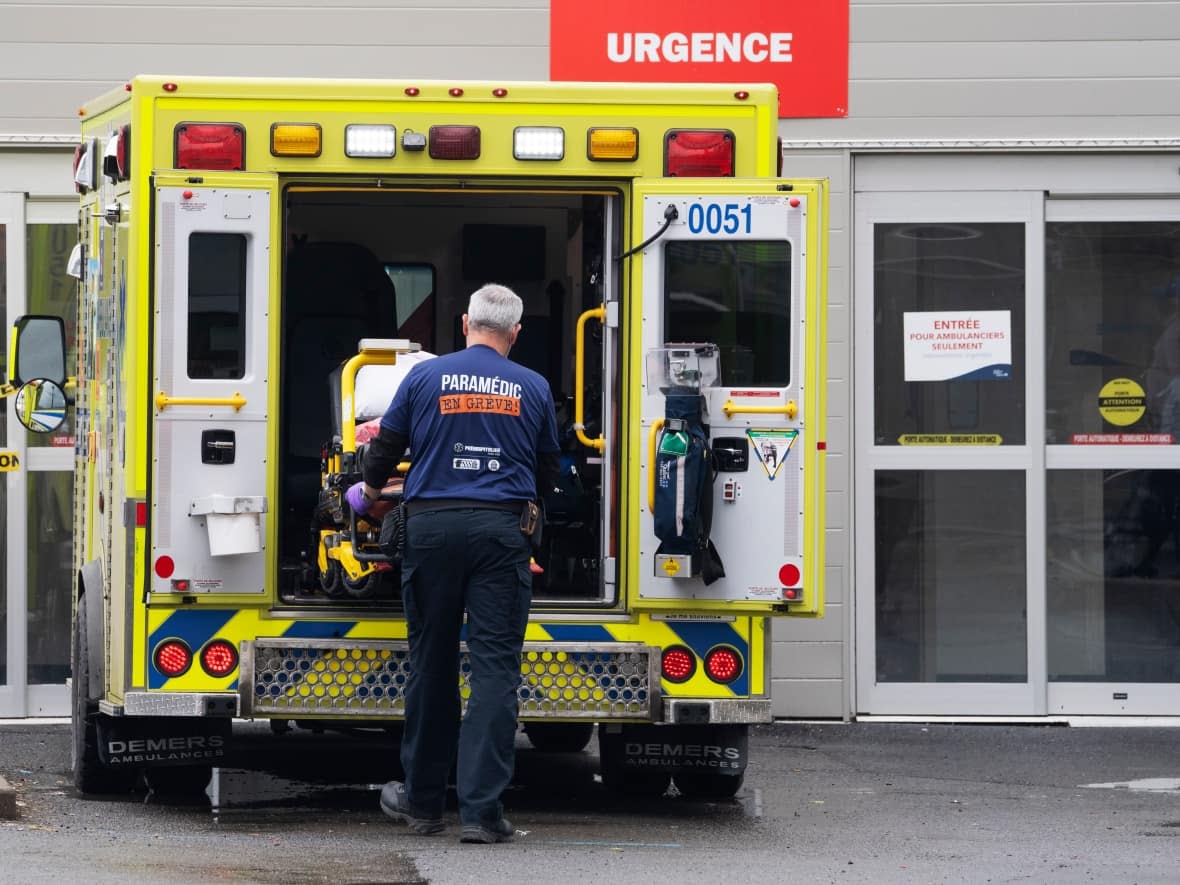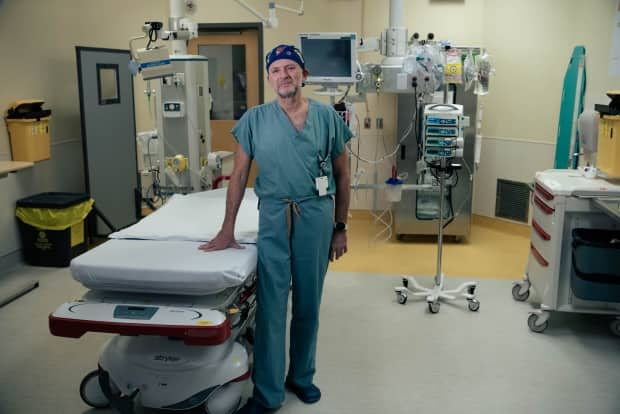Montreal doctors develop a virtual reality tool that could save children's lives

Montreal researchers have developed a virtual reality "emergency room," that can be used to train doctors in Canada and around the world in saving the lives of children who have been badly injured.
According to the World Health Organization, traumas from accidents like car crashes, falls, and fires are the leading cause of death in children at almost a million per year.
And that, according to one of the creators of PeTIT VR, short for Pediatric Trauma Innovative Training in VR, is only the tip of the iceberg.
"It means that more than six million children go to the emergency departments every year to have some treatment because of pediatric trauma and these are the countries that report," said Dr. Fabio Botelho, a pediatric and trauma surgeon from Brazil and a research fellow at the Montreal Children's Hospital.
WATCH | Virtual reality tool simulates emergency surgery on an injured child:
Better training, he said, can help the chances that a child can survive the accident and heal from their injuries.
Both Botelho and Dr. Dan Poenaru, the medical director of the trauma program at the Montreal Children's Hospital, developed PeTIT VR in conjunction with UK-based i3 simulations.
Using real-life situations, they created an immersive environment for surgical teams that may not see pediatric trauma very often — like in small or remote hospitals — to hone their skills and work together to improve.
Golden hour
For anyone who is rushed to emergency, every second counts.
Botehlo calls it the "golden hour," where, if the medical team does everything right, they can offer the patient the best chance of survival.
However, when a child comes to the hospital with serious injuries, emotions run high among the medical staff and the protocols for pediatric trauma can be different, based on the ages of these patients and their small size.
"The physiological and anatomical landmarks can be tricky for them because in adults, you have the same heart rate, the range, but in kids for two years old, it's different from a five year old, it's different from a teenager," said Botelho.

Doctors in remote regions in Canada and around the world can use PeTIT VR to build their skill sets, both as individuals and as a team. With no expensive medical mannequins or travel required, training can be done anywhere, anytime.
That, according to Poenaru, is what energizes him the most. "The idea of being able to train all these people, literally in their homes with a $300 headset on their head, that's so exciting," he said.
How it works
Donning headsets and holding controls, Botelho and Poenaru showed CBC News how the system works.
They enter an immersive "emergency room," complete with a patient, medical equipment, and even, at times, a very anxious parent.
The lead physician, in this case Poenaru, virtually gives the order to do the tasks, and through the hand controls they assess the patient, pointing to and picking up syringes, bandages, and reading x-rays or ultrasounds.

The purpose of each scenario, according to Poenaru, is to assess how the team works together and communicates with each other, something he calls a huge gap in medical training.
"Like in any multiplayer game, we actually work together and interact with one another, and then we can exactly find out how the interactions were, we can analyze those interactions, and we can actually get precious information for feedback," he said.
Dr. Ahmed Nasr, medical trauma director at the Children's Hospital of Eastern Ontario (CHEO) says this is critical.
"The outcome of trauma management is not the lack of medical knowledge, it's how good the team will work together," said Nasr, who is not involved in the project. Virtual reality, like PeTIT VR, that allows multiple users in different locations to come together is "something big," he said.
According to Botelho and Poenaru, the feedback from doctors who have tried PeTIT VR is encouraging.
In a validation study done by a consortium with the University of Ottawa and the McGill University Health Centre, 87 per cent of clinicians found PeTIT VR to be a useful tool for honing trauma care skill and 93 per cent were interested in trying it if given the opportunity.
Right now PeTIT VR is still in its testing phase but that could change by the summer.
There is international interest from the WHO and Botelho plans to share his findings at a conference of the American Pediatric Surgical Association this spring. And while the cost is not settled yet, both Botelho and Poenaru hope that hospitals and other institutions will buy PeTIT VR so that doctors don't have to pay for it themselves.
"We hope to save children's lives with this technology," said Botehlo. "That's our goal. That's why we're working on this project."


